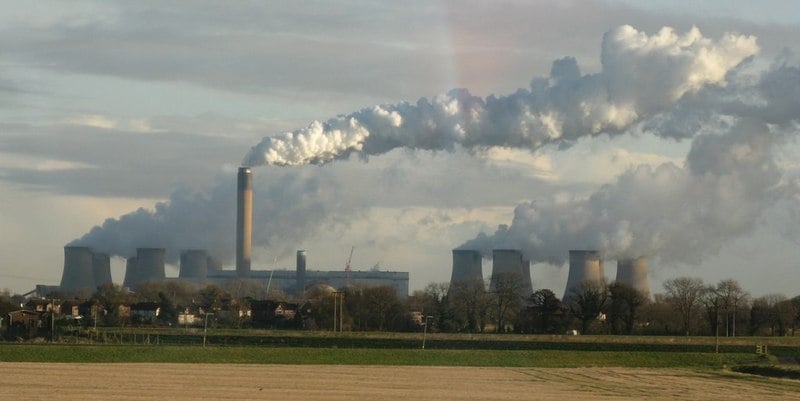
Great Britain will need at least 30GW of energy storage if it hopes to reach net zero by 2050, according to new research produced for Drax.
The analysis, produced by Imperial College for energy giant Drax’s Energy Insights paper, states that as intermittent generation from renewables like wind and solar grows, the country will have to increase its storage capacity tenfold.
Enjoy 12 months of exclusive analysis
- Regular insight and analysis of the industry’s biggest developments
- In-depth interviews with the industry’s leading figures
- Annual digital subscription to the PV Tech Power journal
- Discounts on Solar Media’s portfolio of events, in-person and virtual
Or continue reading this article for free
As efforts to decarbonise power continue, Britain is likely to source 70-80% of its power from wind and solar power by 2050. Storage will be needed to balance the peaks and troughs created by such generation, with the majority of power generated in the middle of the day and the highest demand in the evening generally.
The analysis looked at 28 scenarios from 24 independent studies and how they forecast renewables growth, and the following need for storage. It showed that within these 70-80% renewable scenarios, GB would require storage capacity of around a third of peak electricity demand.
At the moment, on average renewables make up a quarter of the countries electricity mix, according to the analysis. With each unit of intermittent power added though, an additional 0.2 units of energy storage capacity will be needed to keep the grid stable and the supply smooth.
This could be a huge challenge for GB, which currently only has 3GW of storage, but will need to increase it to 30GW.
The lead author Dr Iain Staffell said that storage stood to play a pivotal role in dictating the pace, scale and cost of the energy transition.
“Along with other technologies, such as interconnection and flexible generation, energy storage helps integrate more renewables onto the system, which makes it easier to manage the grid and enables greater decarbonisation at lowest cost.”
Co-author of the report and senior consultant at cleantech advisory Apricum Dr Oliver Schmidt said: “This summer’s blackout in Britain highlights the value of having a range of fast-acting technologies and that demand will only grow as older thermal power plants retire and are replaced by intermittent renewables.
“We’ll also need a rapid expansion of other forms of flexibility, such as demand-side response, interconnectors and fast-acting flexible power stations as well as from pumped hydro storage, which is currently the biggest storage technology, and batteries where costs are falling.”
Storage technology has already proven its value, when lightning hit on Friday 9 August 2019 causing first the Little Barford CCGT plant and then the Hornsea wind farm to trip leading to the blackout referenced by Schmidt. In response, 475MW worth of storage came online, and in just 3:47 minutes, grid frequency had been restored to its usual operating limits.
But according to a report by the Association for Renewable Energy and Clean Technology in November, Britain’s power flexibility market is the second worst in Europe. In order to meet net zero targets through increased renewables, more batteries and pumped hydro along with interconnectors and demand-side response are desperately needed.
This article first appeared on Current±, Solar Media's publishing channel for news and insight on the energy transition.
